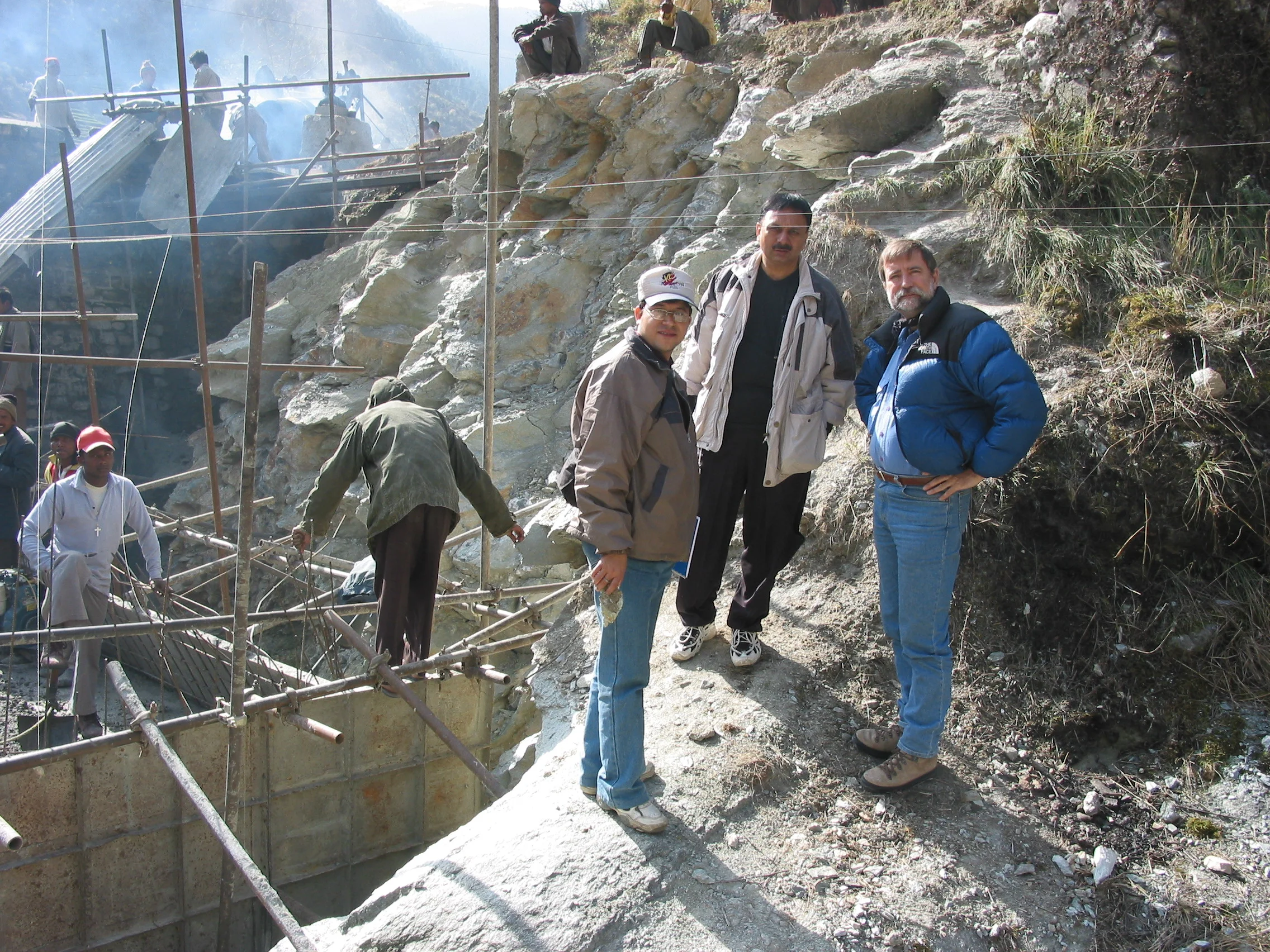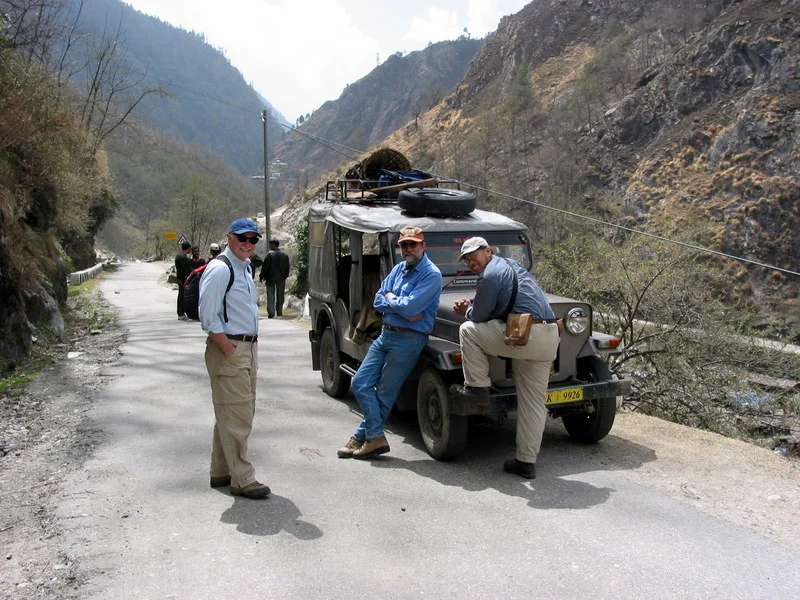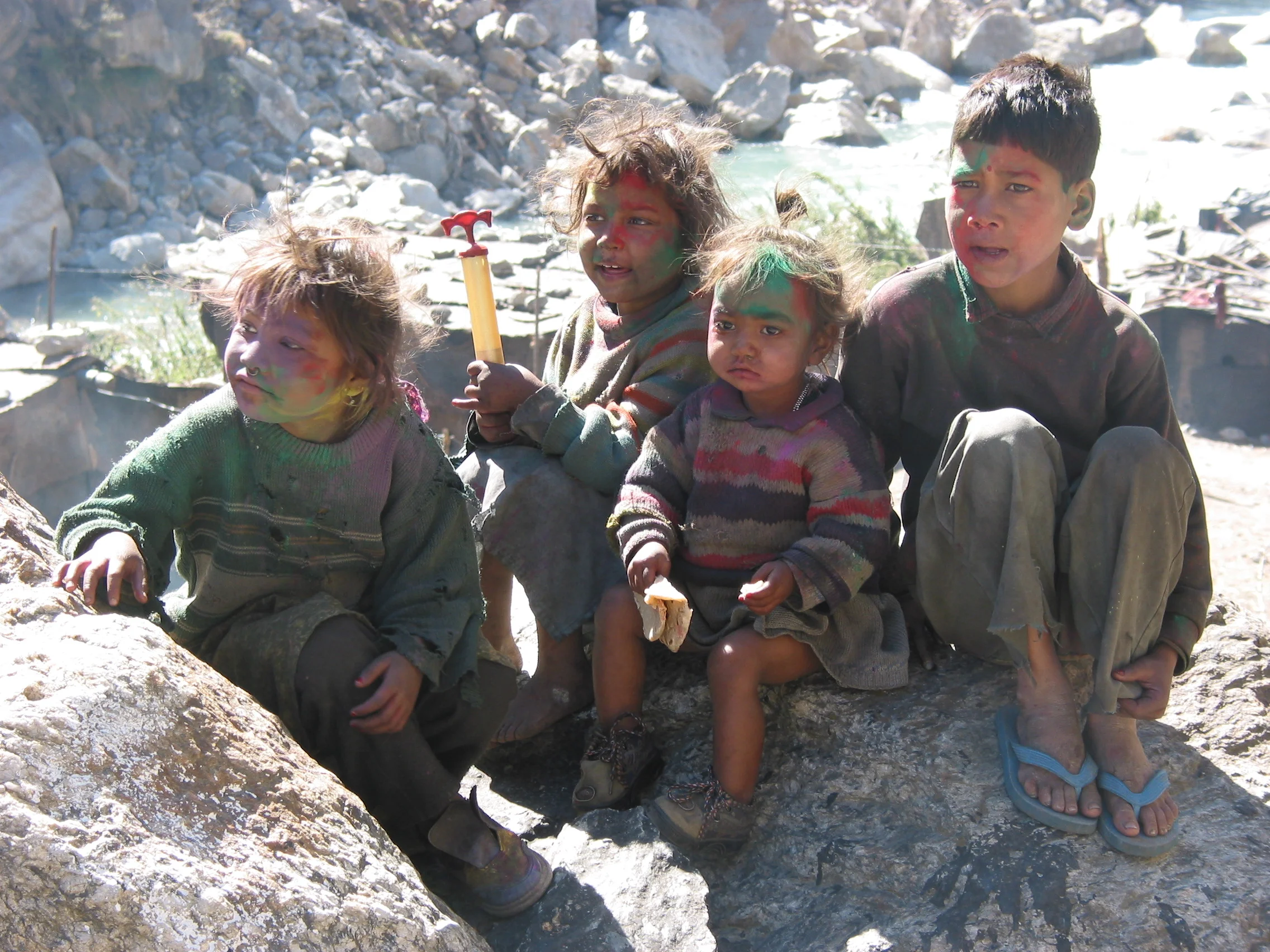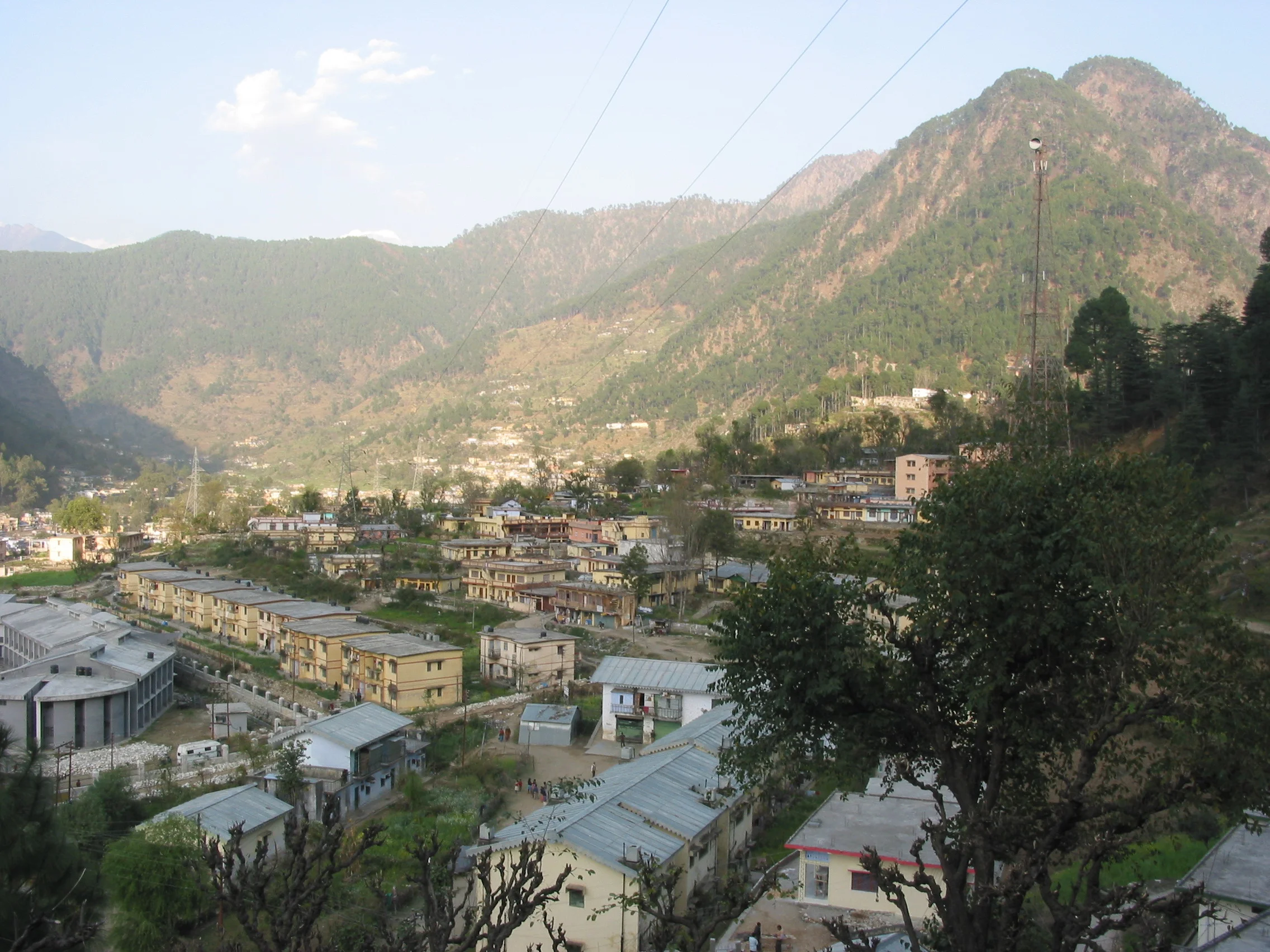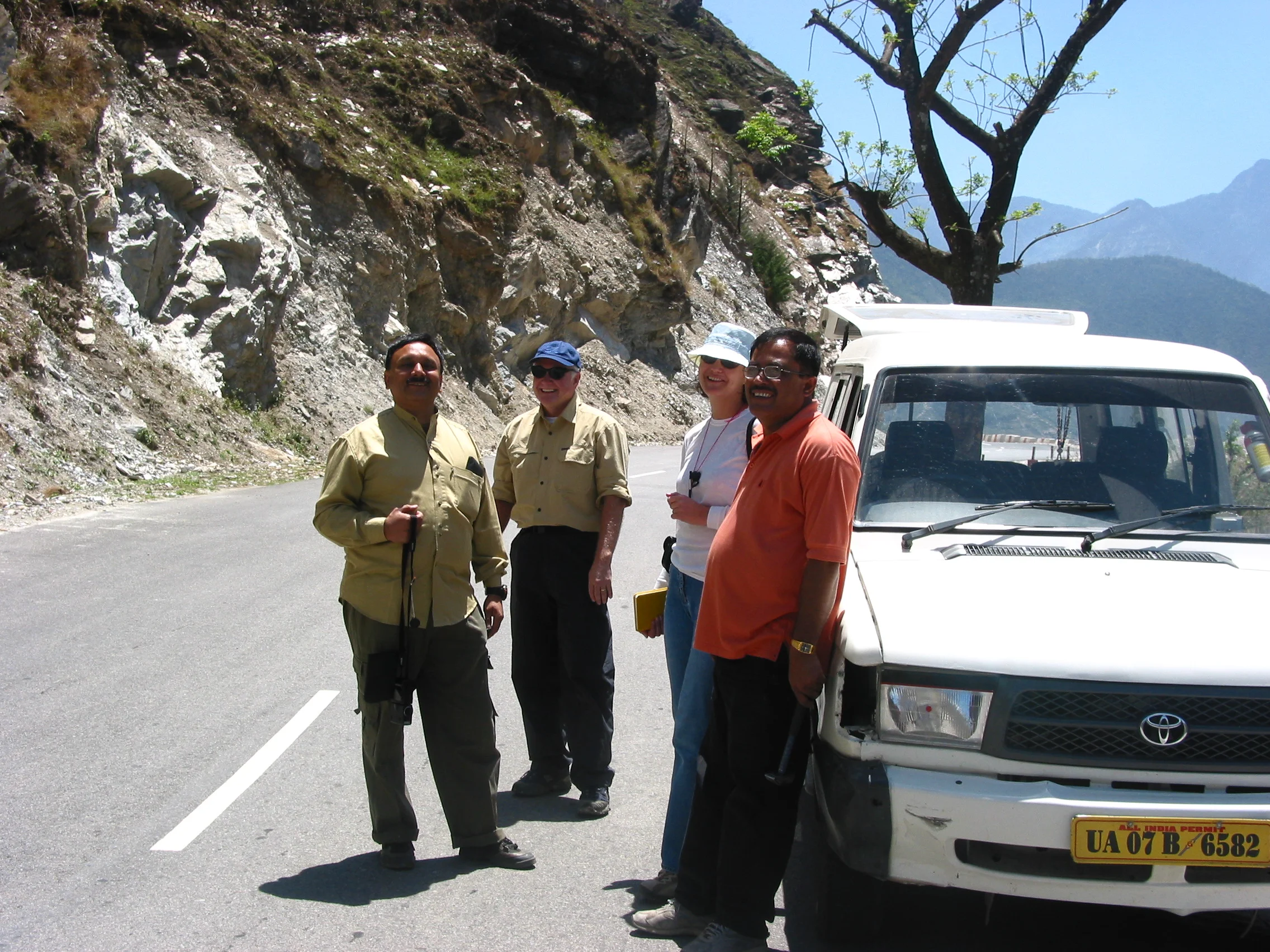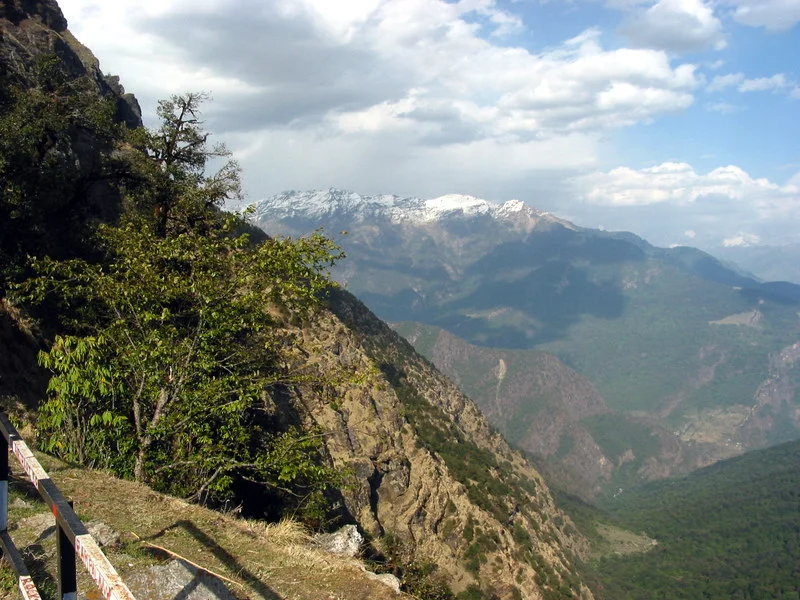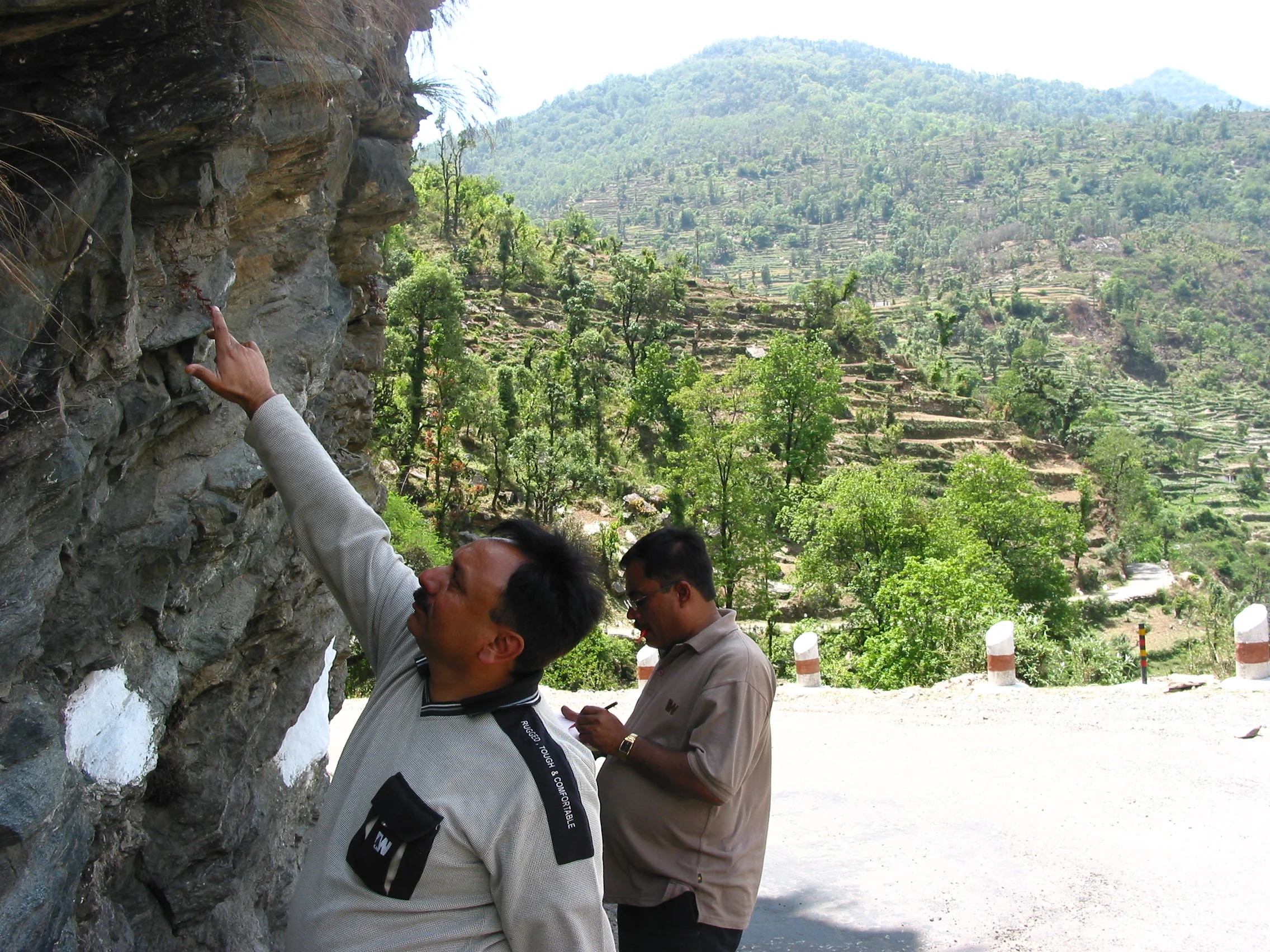The Main Central Thrust (MCT) is one of the major Himalayan fault systems that is largely responsible for the generation of its high topography. Garnets collected across the fault system record their growth history in the crust through changes in their chemistry. These chemical changes can be extracted and modeled.
One of my research interests is to obtain high-resolution P-T paths recorded by garnets collected within the MCT along the length of the Himalayas. The paths track evolving conditions in the Earth’s crust when the fault was active during the growth of the mountain range.
The results we find suggest that the fault system formed as individual rock packages moved at distinct times. Further modeling of the makes predictions about how the Himalayas developed, including that the MCT have may have stopped moving 18-15 million years ago, as other faults closer to the Indian subcontinent became active. The fault system appears to have re-activated 8-2 million years ago, leading to the generation of high Himalayan mountain range.
Our modeling suggests very high erosion rates occurred within the range after its re-activation. Our work in the Himalayas has shown the effectiveness of garnets in recording not only how fault systems move, but also how they could be used to understand large-scale erosion.
This work was funded by the National Science Foundation.
Collaborators
Thomas Etzel, Dept. Geological Sciences, UT Austin
Oscar Lovera, Dept. Earth, Planetary, and Space Sciences, UCLA
Eric Kelly, formerly Dept. Geological Sciences, UT Austin
Kyle Ashley, University of Pittsburgh
Mark Harrison, Dept. Earth, Planetary, and Space Sciences, UCLA
Ibrahim Cemen, University of Alabama
Daniel Stöckli, The University of Texas at Austin
Peer-reviewed publications regarding this work:
Catlos EJ, Lovera OM, Kelly ED, Ashley KT, Harrison TM, Etzel T (2018) Modeling High-resolution Pressure-Temperature Paths across the Himalayan Main Central Thrust (central Nepal): Implications for the Dynamics of Collision. Tectonics, 37, 2363-2388.
Catlos EJ, Pease EC, Dygert N, Brookfield M, Schwarz WH, Bhutani R, Pande K, Schmitt A (2019) Nature, age and emplacement of the Spongtang ophiolite, Ladakh, NW India. Journal of the Geological Society 176 (2), 284-305.
Catlos EJ, Friedrich AM, Lay T, Elliott J, Carena S, Upreti BN, DeCelles P, Tucker B, Bendick R (2016) Nepal at Risk: Interdisciplinary Lessons Learned from the April 2015 Nepal (Gorkha) Earthquake and Future Concerns. GSA Today
Catlos EJ, Dubey CS, Marston RA, Harrison TM (2007) Deformation within the Main Central Thrust Shear Zone, Bhagirathi River (NW India): Implications for Himalayan Tectonics. In: Convergent Margin Terranes and Associated Regions: A tribute to W. G. Ernst. Geological of America Special Paper, (Eds.) M. Cloos, W. D. Carlson, M. C. Gilbert, J. G. Liou, and S. S. Sorensen. Vol. 419, pp. 135-151.
Dubey CS, Catlos EJ, Sharma BK (2005) Modeling P-T-t paths constrained by mineral chemistry and monazite dating of metapelites ion relationship to MCT activity in Sikkim, eastern Himalayas. In: H. Thomas (ed.) Metamorphism and Crustal Evolution: Papers in Honor of Prof. R.S. Sharma, Atlantic Publishers and Distributors, 250-282.
Catlos EJ, Dubey CS, Harrison TM, Edwards MA (2004) Late Miocene Movement within the Himalayan Main Central Thrust Shear Zone, Sikkim, NE India. Journal of Metamorphic Geology, 22, 207-226.
Bollinger L, Avouac JP, Beyssac O, Catlos EJ, Harrison TM, Grove M, Goffe B, Sapkota S (2004) Thermal structure and exhumation history of the lesser Himalaya in central Nepal. Tectonics, 23, Art. No. TC5015.
Robinson DM, DeCelles PG, Garizone CN, Pearson ON, Harrison TM, Catlos EJ (2003) Kinematic model for the Main Central Thrust in Nepal. Geology, 31, 359-362.
Catlos EJ, Harrison TM, Manning CE, Grove M, Rai SM, Hubbard MS, Upreti BN (2002) Records of the evolution of the Himalayan orogen from in situ Th-Pb ion microprobe dating of monazite: Eastern Nepal and Garhwal. Journal of Asian Earth Sciences, 20, 459-479.
Catlos EJ, Harrison TM, Kohn MJ, Grove M, Ryerson FJ, Manning CE, Upreti BN (2001) Geochronologic and thermobarometric constraints on the evolution of the Main Central Thrust, central Nepal Himalaya. Journal of Geophysical Research, 106, 16177-16204.
Kohn MJ, Catlos EJ, Ryerson FJ, Harrison TM (2001) P-T-t path discontinuity in the MCT Zone, central Nepal. Geology, 29, 571-574.
